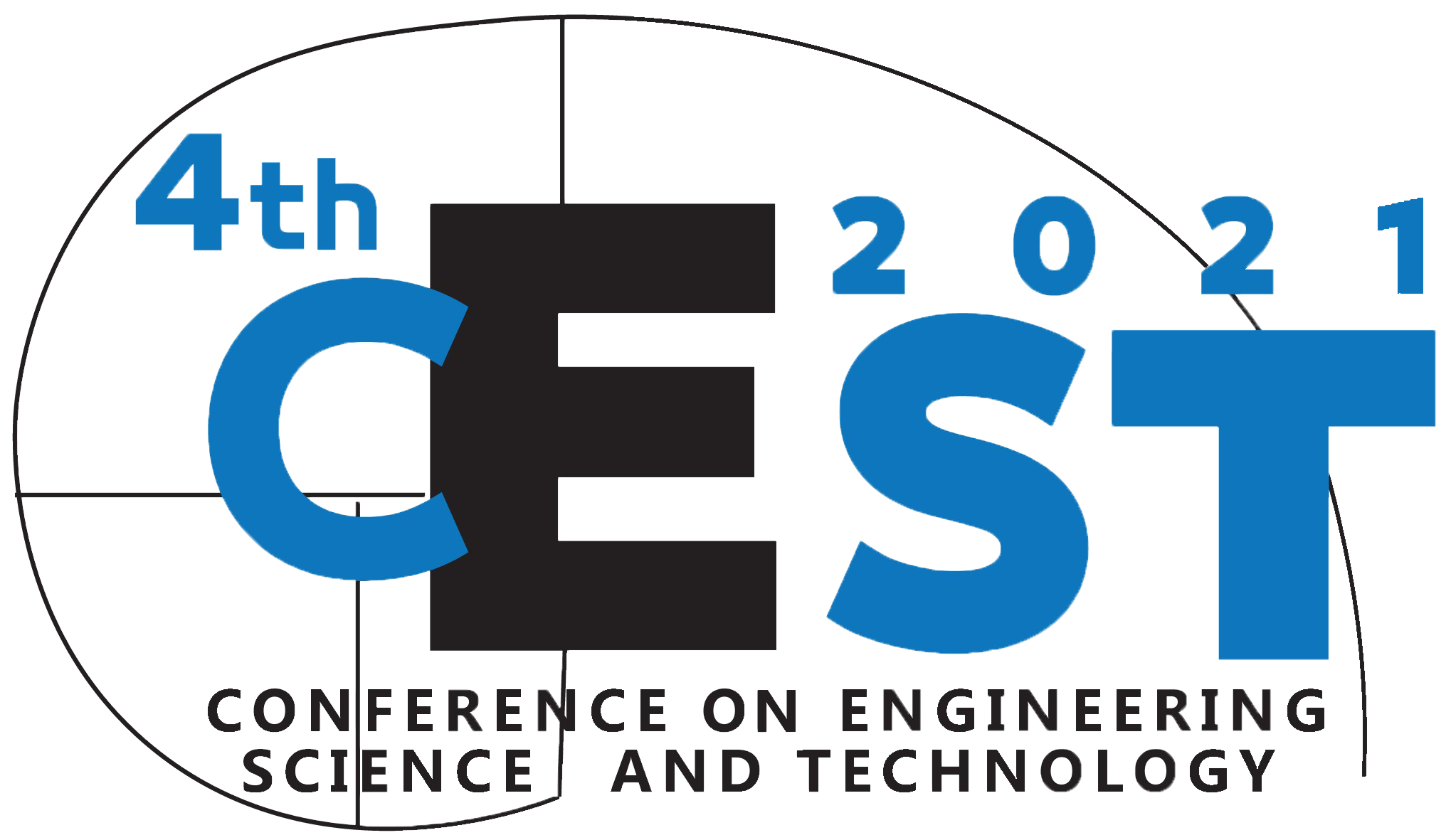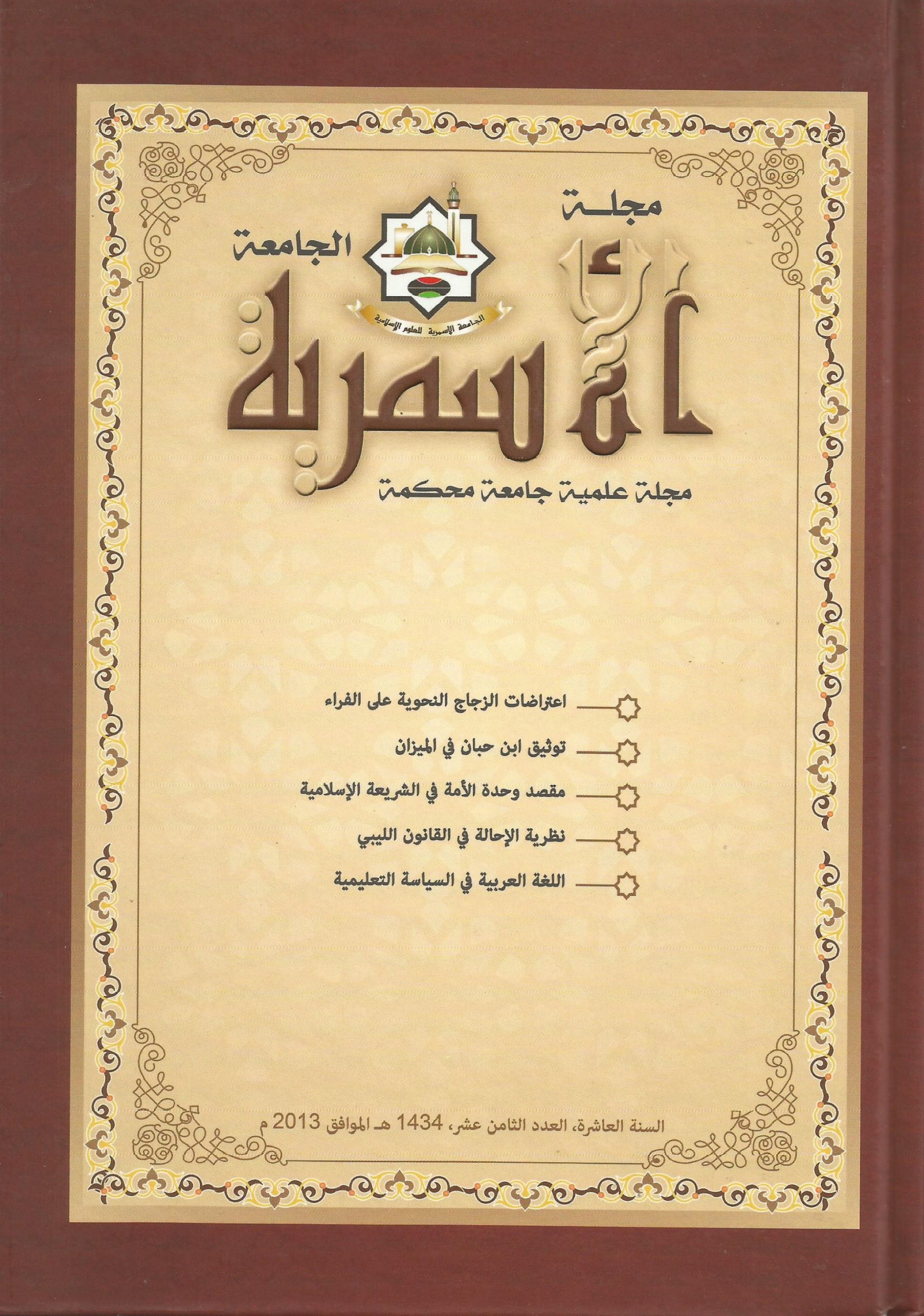مقارنة لإستخلاص الزيت العطري باستخدام عملية التقطير بالبخار وعملية الاستخلاص بمساعدة الميكروويف
الكلمات المفتاحية:
عمليات الاستخلاص،، الاستخلاص بمساعدة الميكروويف،، التقطير بالبخار،، الزيوت الاساسيالملخص
عمليات الاستخلاص تطورت لتصبح من العمليات الأكثر محافظة على البيئة, يعتبر التقطير باستخدام البخار من العمليات التقطير التقليدية الاكثر استخدماً في عمليات استخراج الزيوت الأساسية "العطرية" من النباتات. مؤخراً تم تطوير عملية التسخين خلال عملية الاستخلاص باستخدام الميكروويف. هدفت هده الدراسة إلى عمل مقارنة بين عملية الاستخلاص التقليدية باستخدام البخار وعملية الاستخلاص باستخدام الميكروويف من زهور الخزامي. أثبت النتائج من هده الدراسة أن التكلفة باستخدام الميكروويف ارتفعت بشكل كبير جداً مقارنة بعملية التقطير بالبخار ويرجع السبب في ذلك إلى تكلفة المولد والمفاعل وقد كانت ثمانية أضعاف تكلفة عملية الاستخلاص بالطريقة الاعتيادية في حين كانت التكلفة التشغيلية للعمليتين متساوية. بالرغم من أن تقنية الميكروويف تحتاج إلى وقت قصير وحجم مفاعل أقل لتطبيقها، فعملية الاستخلاص التقليدية كانت هي الأفضل من حيث السلامة من المخاطر التشغيلية والتكلفة الثابتة.
التنزيلات
المراجع
S. J. Enna and S. Norton, Herbal supplements and the brain: understanding their health benefits and hazards. FT Press, 2012.
A. & H. Kebede. The design and manufacturing of essential oil distillation plant for rural poverty alleviation in ethiopia. J. Environ. Stud. Manag,2008, 1, p. 81–91. DOI: https://doi.org/10.4314/ejesm.v1i1.41573
Ma, C. H., Liu, T. T., Yang, L., Zu, Y. G., Chen, X., Zhang, L. Zhao,. Ionic liquid-based microwave-assisted extraction of essential oil and biphenyl cyclooctene lignans from Schisandra chinensis baill fruits. Journal of Chromatography a, 2011 ,48, p.8573-8580. DOI: https://doi.org/10.1016/j.chroma.2011.09.075
K. A. Abed, . Effect of microwave power on the yield of essential oil from lavender. J. Al asmarya Univ., 2020, 2 (2). DOI: https://doi.org/10.59743/aujas.v5i2.1000
A. N. Afoakwah, J. Owusu, C. Adomako, and E. Teye,. Microwave assisted extraction (mae) of antioxidant constituent in plant materials,. Glob. J. Bio-Science Biotechnol., 2012.
Y. L. Wang, G. S. Xi, Y. C. Zheng, and F. S. Miao,. Microwave-assisted extraction of flavonoids from chinese herb radix puerariae (Ge Gen). J. Med. Plants Res., 2010, doi: 10.5897/JMPR09.426.
Li, J., Zu, Y. G., Fu, Y. J., Yang, Y. C., Li, S. M., Li, Z. N., & Wink, M. (2010). Optimization of microwave-assisted extraction of triterpene saponins from defatted residue of yellow horn (Xanthoceras sorbifolia Bunge.) kernel and evaluation of its antioxidant activity. Innovative Food Science & Emerging Technologies, 11(4), P.637-643. DOI: https://doi.org/10.1016/j.ifset.2010.06.004
X. Liu, J. H. Park, A. M. Abd El-Aty, M. E. Assayed, M. Shimoda, and J. H. Shim, “Isolation of volatiles from nigella sativa seeds using microwave-assisted extraction: Effect of whole extracts on canine and murine CYP1A. Biomed. Chromatogr., 2013, doi: 10.1002/bmc.2887. DOI: https://doi.org/10.1002/bmc.2887
C. H. Chan, R. Yusoff, G. C. Ngoh, and F. W. L. Kung. Microwave-assisted extractions of active ingredients from plants. Journal of Chromatography A. 2011, doi: 10.1016/j.chroma.2011.07.040. DOI: https://doi.org/10.1016/j.chroma.2011.07.040
Holmes. Modeling-Based Scale-Up of reactors in Microwave-Assisted chemistry. WORCESTER POLYTECHNIC, 2013.
A. Filly, X. Fernandez, M. Minuti, F. Visinoni, G. Cravotto, and F. Chemat, “Solvent-free microwave extraction of essential oil from aromatic herbs: From laboratory to pilot and industrial scale,” Food Chem., 2014, doi: 10.1016/j.foodchem.2013.10.139. DOI: https://doi.org/10.1016/j.foodchem.2013.10.139
M. Lis-Balchin. Lavender: the genus Lavandula. CRC press, 2002. DOI: https://doi.org/10.1201/9780203216521
التنزيلات
منشور
إصدار
القسم
الرخصة
الحقوق الفكرية (c) 2021 خالد اعبيد ، معاد باكير ، مراد الوليد

هذا العمل مرخص بموجب Creative Commons Attribution 4.0 International License.





